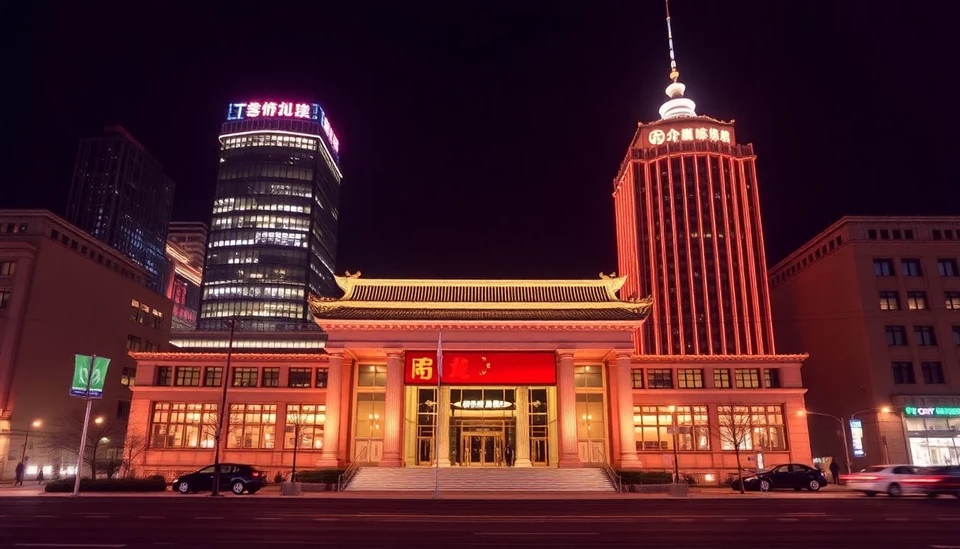
In a strategic pivot within the banking sector, Chinese financial institutions are significantly increasing their cross-border lending activities. This move, driven by the dual objectives of enhancing profitability and responding to the challenges posed by domestic economic conditions, highlights the evolving landscape of international finance amid global uncertainties.
As Chinese banks look beyond their shores, they are focusing on bolstering returns that can often surpass those available in the domestic market. This shift comes as policymakers in China grapple with a slowing economy and seek robust avenues to reinvigorate growth and ensure financial stability. The enhanced engagement in international lending not only offers these banks improved yield but also diversifies their risk portfolios.
Analysts indicate that banks like the Industrial and Commercial Bank of China (ICBC) and China Construction Bank are at the forefront of this trend, accelerating their cross-border financing initiatives. A notable factor driving this lending surge is the appeal of higher interest margins available in foreign markets, particularly in emerging economies where the cost of borrowing is traditionally higher than in China. This strategic maneuver allows these banks to optimize their balance sheets and improve overall return on equity.
In recent months, reports suggest that these Chinese banks have ramped up their outreach to industries such as infrastructure, energy, and technology in countries like Southeast Asia and Africa. By positioning themselves as key financiers for large-scale projects, they establish strong footholds in rapidly developing markets, thus enabling local governments and corporations to undertake significant investments while also securing long-term banking relationships.
Furthermore, the Chinese government’s Belt and Road Initiative (BRI) serves as a catalyst for increased cross-border lending. As part of this broader vision, Chinese banks are empowered to lend capital to infrastructure projects abroad, which not only promotes regional development but also strengthens China’s economic ties with participating countries. The BRI has been pivotal in underscoring China’s role as a global financier, and banks are eager to seize the opportunity to expand their international presence.
However, this aggressive expansion is not without its challenges. Chinese banks must navigate complex regulatory environments while managing risks associated with foreign currency loans and the potential for political instability in recipient countries. Despite these hurdles, the banks have adopted a proactive approach to assessing the creditworthiness of borrowers, utilizing enhanced due diligence processes to mitigate risks. This adaptability is crucial in ensuring the sustainability of their international lending portfolios.
In summary, Chinese banks are embarking on a bold new chapter in their operations by ramping up cross-border lending as a means to secure higher returns and counterbalance the pressures of the domestic economic landscape. With their eyes set on international markets, these financial institutions aim to not only grow their profit margins but also fortify their position as key players in the global banking ecosystem.
As the situation evolves, industry observers will be keen to monitor how this trend progresses and what implications it may have for global finance, investment flows, and China’s economic strategy in the coming years.
#ChineseBanks #CrossBorderLending #InternationalFinance #BeltAndRoadInitiative #EconomicStrategy #GlobalInvestment
Author: John Harris
